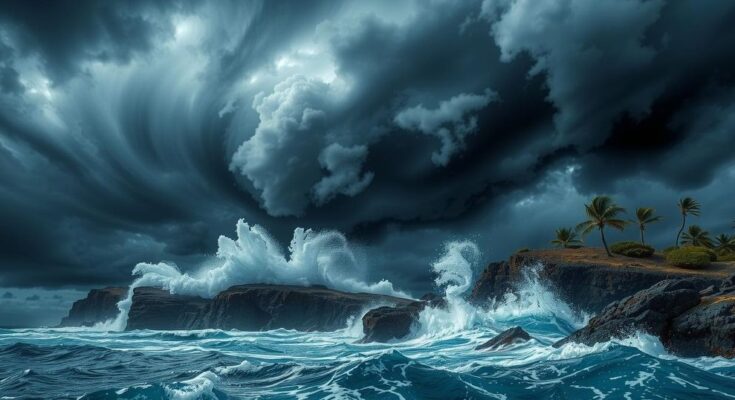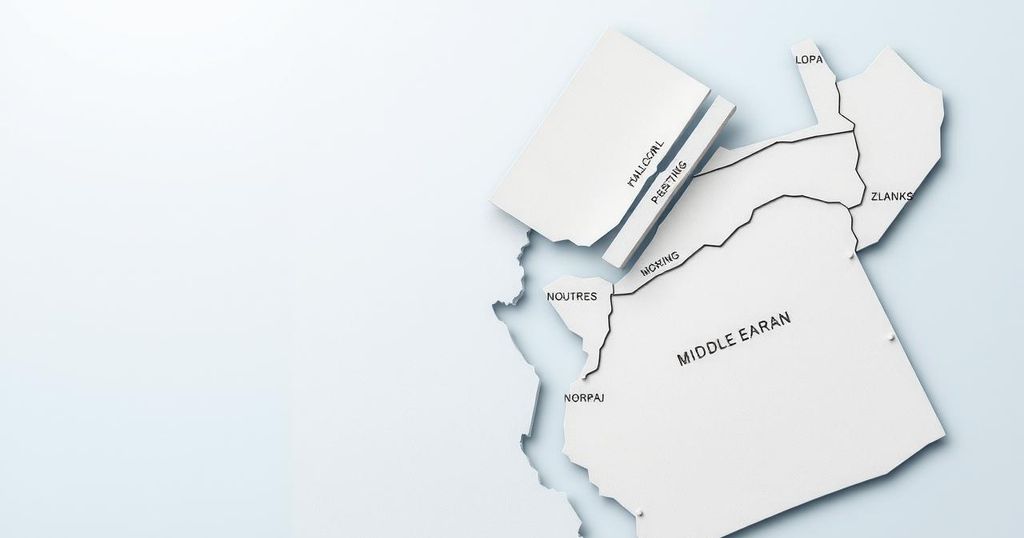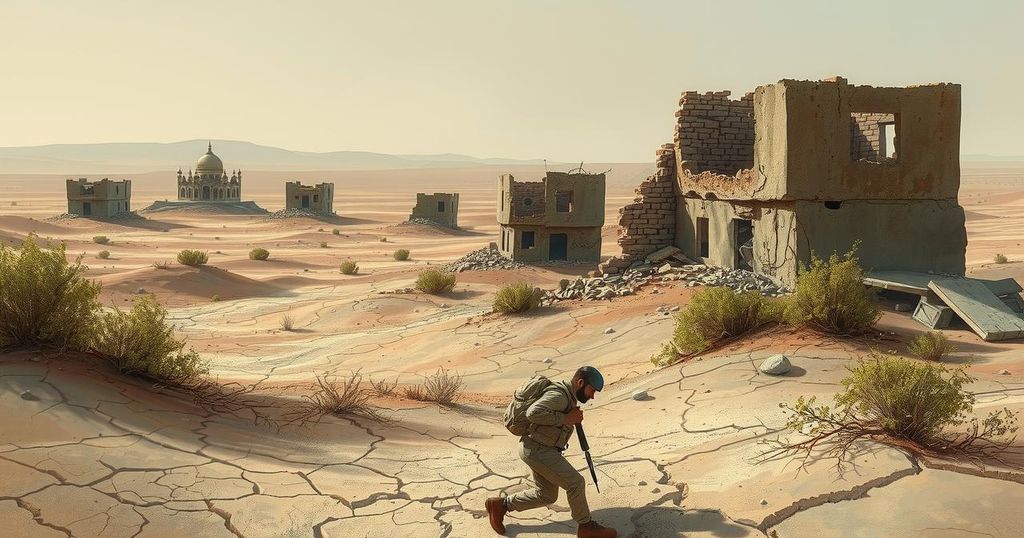Tropical Cyclone Zelia is set to impact the northwest coast of Australia, expected to make landfall on Friday evening. Winds could reach dangerous levels, with forecasts estimating sustained speeds of 205 km/h and gusts up to 290 km/h. Significant damage is anticipated even outside direct impact areas, leading to discussions about the need for a category six classification for stronger cyclones. The Bureau of Meteorology warns of potential flooding and additional weather concerns as the storm moves inland.
Severe Tropical Cyclone Zelia is approaching the northwest coast of Australia and is expected to make landfall early this Friday evening. Port Hedland, the region’s largest town and busiest iron ore export facility, is particularly at risk. Strong winds may affect coastal areas and reach further inland, affecting places like Marble Bar, Tom Price, and Paraburdoo.
Even in the event Zelia does not make direct landfall in populated areas, significant damage is expected. The Bureau of Meteorology forecasts extremely dangerous sustained winds up to 205 kilometers per hour and gusts that could reach as high as 290 kilometers per hour, which are capable of devastating homes, trees, power lines, and infrastructure.
Zelia is classified as a category five cyclone, the highest level on the current scale. However, due to increasing cyclone intensity attributed to climate change, experts are suggesting that an additional category may become necessary in the future. This raises the question: Is it time to introduce a category six?
Globally, tropical cyclones are often referred to as hurricanes or typhoons and are categorized based on their strength. The scale ranges from category one, with maximum wind speeds of up to 88 kilometers per hour, causing minimal damage, to category five, characterized by average wind speeds exceeding 200 kilometers per hour and extensive destruction.
As climate change leads to warmer ocean temperatures and atmospheric conditions, scientists predict cyclones will become more powerful and intensify rapidly. Research indicates a connection between rising global temperatures and the heightened severity of tropical cyclones. Notably, Cyclone Zelia rapidly intensified from a category one to a category five in just over 24 hours.
Australia is experiencing record sea surface temperatures, with regions off the northwest coast experiencing temperatures up to 4-5 degrees Celsius above the seasonal average. Climate change is believed to have exacerbated the recent developments in tropical cyclones, as evidenced by Hurricane Milton, which intensified quickly in warm ocean waters.
The speed of tropical cyclones is diminishing due to climate change, leading to prolonged periods of damage from sustained winds and storm surges. Cyclone Zelia’s current forward speed is recorded as quite slow at 11 kilometers per hour, suggesting that heavy rain and strong winds will persist for extended periods, resulting in significant impacts.
Currently, wind speeds around Port Hedland are ranging from 70 to 100 kilometers per hour, indicating rising conditions. Although initially manageable, warnings indicate that weather conditions will worsen, particularly east of Port Hedland. The cyclone has also already caused flooding and rail line disruptions, with warnings in effect regarding potential storm tides that could lead to coastal flooding.
As Cyclone Zelia progresses inland over the weekend, it is anticipated to weaken gradually. However, mining and Indigenous communities many kilometers inland should prepare for heavy rain, flooding, and strong winds. The Bureau of Meteorology is providing ongoing updates, and individuals in affected areas are advised to utilize online resources and emergency applications for the latest safety alerts.
Cyclone Zelia poses a significant threat to Western Australia, particularly in areas like Port Hedland, as it approaches as a category five hurricane. With forecasts predicting dangerous wind speeds and prolonged storm impacts, residents are encouraged to stay informed through official updates. Climate change continues to play a critical role in influencing the intensity and frequency of such severe weather events.
Original Source: theconversation.com




